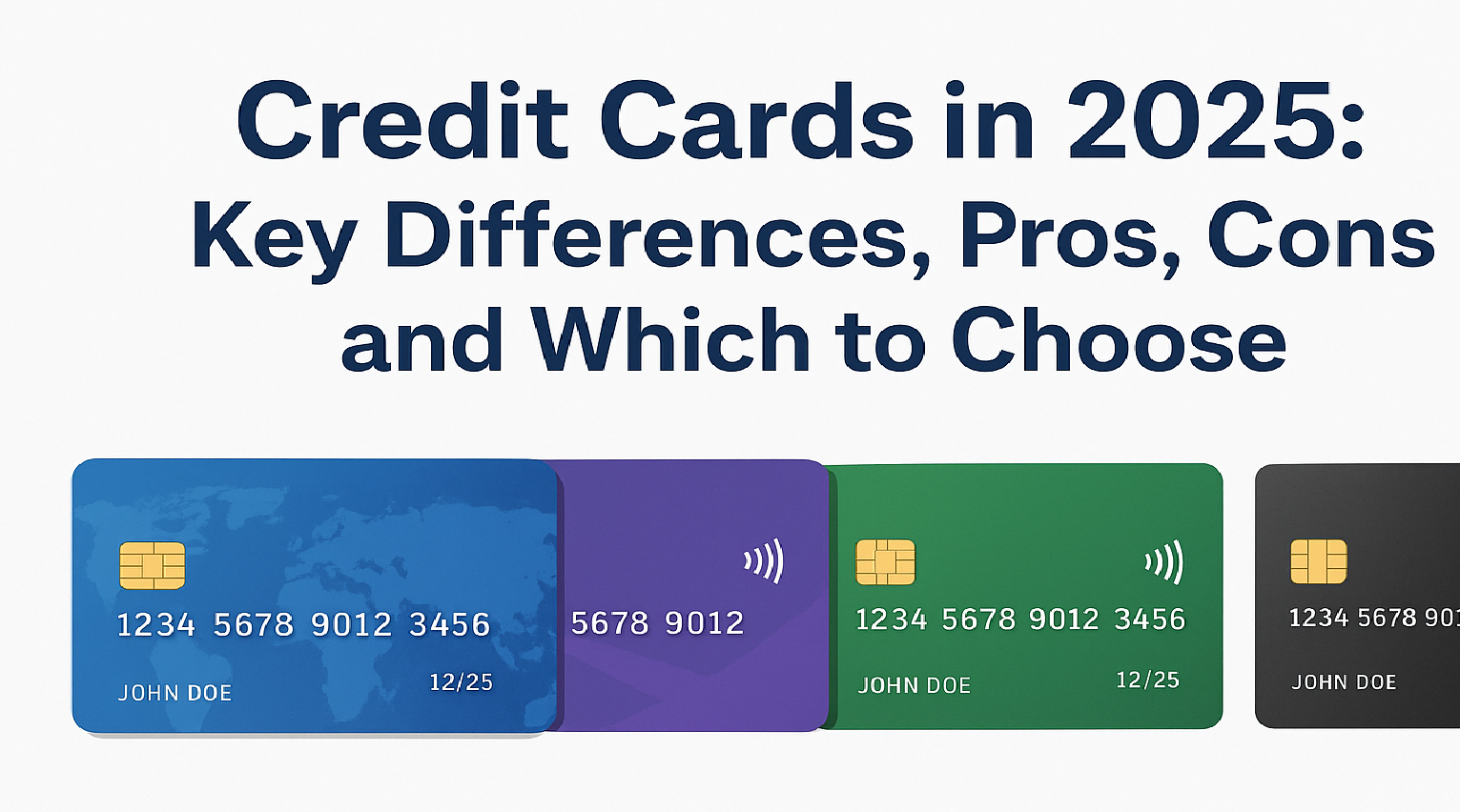If you’re comparing “secured vs unsecured credit cards” or wondering about the “difference between secured and unsecured credit,” you’re not alone—millions search these terms yearly as credit scores impact everything from loans to rentals. In 2025, with economic volatility and rising interest rates, understanding these options is crucial for building or rebuilding credit. We’ll cover definitions, key differences, pros and cons, examples, and tips to decide which fits your needs, whether you have bad credit, no history, or are just starting out.
What Is Secured Credit? Definition and How It Works
Secured credit refers to any borrowing backed by collateral, reducing lender risk. A secured credit card requires an upfront security deposit (typically $200–$2,500) that sets your credit limit—e.g., a $300 deposit gives a $300 limit. You use it like a regular card for purchases, and the deposit protects the issuer if you default. Payments report to credit bureaus, helping build history.
Common in 2025 for those with scores below 580 or no credit, secured cards often convert to unsecured after 6–18 months of good behavior. Think of it as training wheels for credit—low risk for banks, accessible for you.
What Is Unsecured Credit? Definition and How It Works
Unsecured credit, conversely, relies on your creditworthiness without collateral. An unsecured credit card approves based on income, credit score, and history, offering a limit (starting $300–$1,000 for fair credit) without deposits. It’s the standard for most consumers, with perks like rewards and lower APRs for good scores.
In 2025, unsecured options are ideal for scores above 620, but subprime versions exist for lower scores with higher fees. No deposit means more flexibility, but approval is tougher.
Secured vs Unsecured Credit Cards: Key Differences Explained
The “difference between secured and unsecured credit card” boils down to risk and accessibility. Secured cards use your deposit as security, making them easier to get but limited by your funds. Unsecured cards bet on your reliability, offering better terms but stricter approvals.
Here’s a detailed comparison table for quick reference:
| Feature | Secured Credit Card | Unsecured Credit Card |
|---|---|---|
| Collateral Required | Yes (deposit equals limit) | No |
| Approval Difficulty | Easier (even for 300–579 scores) | Harder (typically 580+ scores) |
| Credit Limit | Matches deposit ($200–$2,500) | Based on credit/income ($300–$10,000+) |
| Fees | Annual fees $0–$50; possible processing fees | Annual fees $0–$99; higher for bad credit |
| Interest Rates (APR) | 15%–30% | 10%–36% (lower for good credit) |
| Rewards/Perks | Rare or basic (e.g., 1% cash back) | Common (cash back, points, travel) |
| Credit Building | Excellent for starters; reports to bureaus | Strong for established users |
| Conversion Potential | Often upgrades to unsecured | N/A (already unsecured) |
This table highlights why secured cards suit beginners, while unsecured fit those with some history.
Secured vs Unsecured Credit: Broader Context Beyond Cards
Expanding to “secured vs unsecured credit,” secured options include mortgages (home as collateral) or auto loans (car repossessed on default). Unsecured covers personal loans or standard credit cards, where lenders sue for recovery but can’t seize assets directly.
The core difference? Secured credit offers lower rates (e.g., 7% mortgage vs. 20% personal loan) due to lower risk, but you risk losing collateral. In 2025, with inflation, secured debt is rising for big purchases.
Which Describes the Difference Between Secured and Unsecured Credit? Pros and Cons
To answer “which describes the difference between secured and unsecured credit,” it’s security for the lender: secured has backing, unsecured doesn’t. Here’s a balanced pros/cons breakdown:
Secured Credit Cards Pros:
- High approval odds for bad/no credit.
- Builds credit quickly with on-time payments.
- Refundable deposit after upgrade/closure.
- Lower initial fees in many cases.
Secured Cons:
- Ties up your money in deposit.
- Lower limits restrict big purchases.
- Fewer rewards; potential annual fees.
Unsecured Credit Cards Pros:
- No deposit—keeps cash free.
- Higher limits and better perks (e.g., 2% cash back).
- Lower APRs for qualified applicants.
- More flexible for everyday use.
Unsecured Cons:
- Harder to qualify with poor credit.
- Higher fees/APRs for subprime cards.
- Risk of debt without collateral safety net.
Secured builds foundations; unsecured rewards progress.
An Example of Secured Credit Is a… Real-World Scenarios
“An example of secured credit is a” secured credit card like the Discover it® Secured, where you deposit $200 for a matching limit, earn 2% cash back on gas/restaurants, and potentially upgrade in 7 months.
Other examples:
- Secured: Home equity line of credit (house as collateral) or pawnshop loan (jewelry secured).
- Unsecured: Standard Visa card for shopping or a signature loan based on credit score.
In practice, someone with a 550 score might start with a Capital One Secured card, pay responsibly, then graduate to an unsecured Platinum card.
Credit Card vs Secured Credit Card: How to Choose the Right One for You
For “credit card vs secured credit card,” assess your situation:
- Choose Secured If: New to credit, recent bankruptcy, or score <580. It’s forgiving and educational.
- Choose Unsecured If: Score 580+, stable income, and want rewards without deposits.
Steps to Decide:
- Check your free credit score (Credit Karma/Experian).
- Pre-qualify online to avoid hard inquiries.
- Compare offers—factor fees, APR, and upgrade paths.
- Start small: Use 30% of limit, pay full monthly.
In 2025, hybrid options like Self’s Credit Builder blend secured loans with card access for faster building.
Best Secured and Unsecured Credit Cards in 2025
Based on current reviews:
- Best Secured: OpenSky® Secured Visa® ($0 annual fee, no credit check).
- Best Unsecured for Bad Credit: Petal® 2 Visa® (cash back, no fees).
Always verify terms—rates change.
Final Thoughts: Build Credit Wisely in 2025
Whether it’s “secured card vs unsecured” or broader differences, secured starts journeys, unsecured sustains them. With responsible use, either can raise your score 50+ points yearly. Ready to apply? Use pre-approval tools today.

